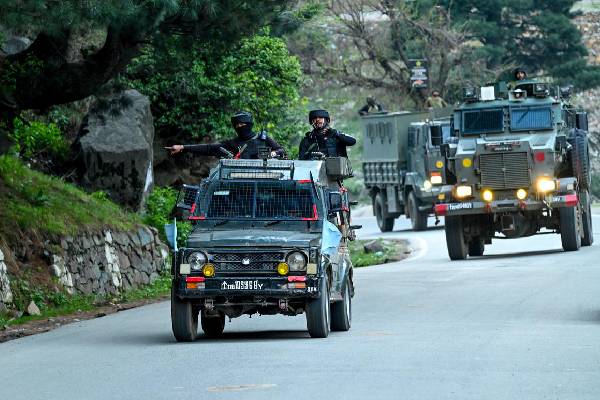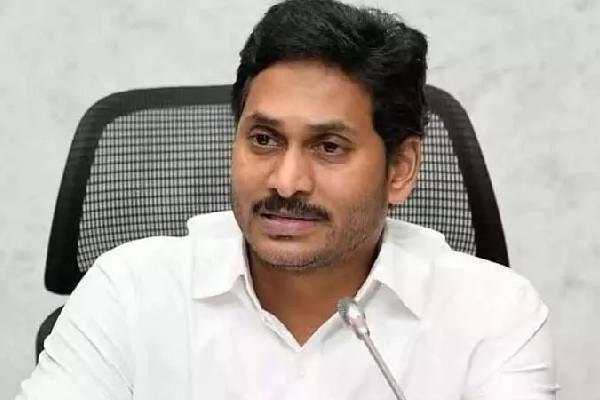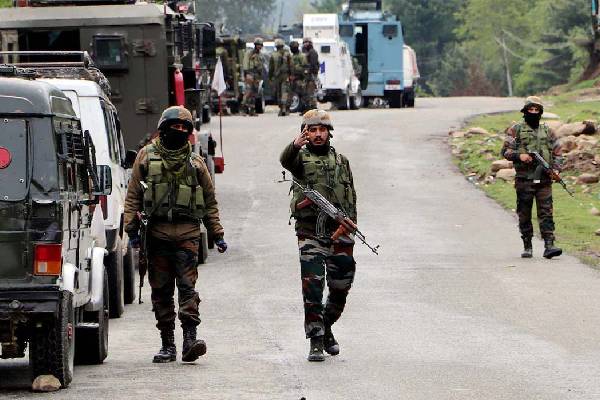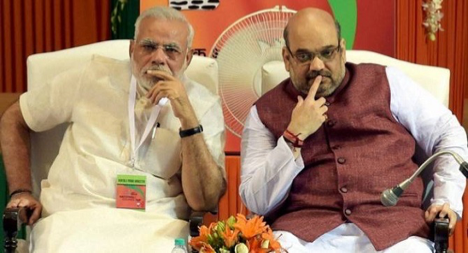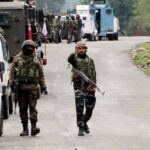The writing on the wall was clear the moment Prime Minister Narendra Modi had decided to campaign in Bihar like an ordinary party leader. Never in the past had any Prime Minister addressed as many rallies as Modi did in the campaign for an Assembly election. According to a rough estimate Modi addressed about 36 rallies in Bihar. His principal aide and the BJP president Amit Shah participated in about 40 rallies exhorting the people of Bihar to defeat Nitish Kumar and embrace Gujarat. Modi took it upon himself to finish Nitish and hoist the saffron flag, mainly because the latter was the first to oppose Modi as the Prime Minister candidate of BJP from the NDA camp. Modi transformed the Bihar election into Nitish versus Modi. According some sections, Modi saw in Nitish a potential rival of PM race outside BJP. His program, they said, was to decimate Nitish. Modi’s aim was to ensure that he had no rival in and outside BJP. He might have crushed interanal rivals, Modi, however, failed miserably outside BJP.
At every street corner of Bihar towns, the BJP erected giant size cut-outs of Modi and Amit Shah. Modi was everywhere, in rallies, on posters, on TVs, in newspapers. And all the local leaders of the party such as Susheel Kumar Modi and allies like Ramvilas Paswan and Manjhi have got reduced to stamp size pictures in the invisible corners of these cutouts. The reduction of Bihar to cipher by Gujaratis led to the coining of a powerful slogan by Chief Minister Nitish Kumar “Bihari vs Bahari’ (Biharis against outsders). This slogan, with thick coating of self respect of Bihar, was the last straw in the in the fall of Modi in Bihar.
Bihar ranks very low in the human development indices. The state has become the adjective for backwardness, crime and lower caste unruliness. Though the state has traveled long on the development path , BJP and its advocates used the same image of Bihar to defeat and malign the forces of social justice. BJP deployed three myths-Gujarat model, Modi unitary India myth and Development myth to entice the voters away from Nitish-Lalu-Sonia grand alliance away from what it described ‘jungle raj’. Having seen the 17-month old Modi leadership at national level, Bihari voter found that Gujarati model , Modi leadership and the so called development he was preaching were all but empty and were not of any use for Bihar voter in day to day life. Lower castes constitute 70 per cent of state population and are mostly poor. These poor found no solace in the dramatics of Modi and his tasteless development.
The BJP strategy that failed :
BJP never expected that arch rivals Lalu Prasad Yadav (RJD) and chief minister Nitish Kumar (JDU) would join hands. The party thought it could exploit the divisions among the OBC to its advantage by adopting aggressive upper caste Hindu unification campaign. By attacking Muslims, by opposing Muslim reservations, and talking against the reservations for BC, and raising now and then Pakistani ghost, the BJP leadership thought that it could achieve the upper caste unity. But unfortunately, the plan to untie 15 % (Bhumihar-3 %, Brahmin-5 %, Rajput- 6 % and Kayasth-1%) upper castes votes went awry and led to the consolidation of lower castes, which constitute 70 per cent total population of the state . A panic, an existential panic, was created in the minds of average Bihari voter -while BCs feared that BJP win in Bihar would embolden RSS to lobby for the scrapping of reservation for OBCs, the Muslims got scared after the Dadri incident and the notorious comment of VK Singh, ministers of state for external affairs, on Dalits, had alienated these sections despite the presence of Dalit stalwarts such as Ram Vilas Paswarn and ex Bihar chief minister Manjhi in NDA. Even the Rs 1.25 lakh crore special package failed to enthuse the Bihar voter.
Bihar : A state with difference
Stopping BJP juggernaut is not new to Bihar. In the past, Lalu Prasad as chief minister did not allow LK Advani’s Ram Rath pass through Bihar. Advani was arrested on October 30, 1990 at Samastipur under national security act. Now, the political juggernaut of Modi was stopped in tracks by Nitish Kumar, his successor in OBC politics.
Bihar is a polarized society. The assertion of lower castes led to the polarization of society into lower castes and upper castes. Lower caste want real improvement in their lives, not the rhetoric the Hindu-type being promoted by Modi or the OBC-one promoted Lalu earlier. The same people who made Lalu the icon of social justice dumped when he could not deliver . Nitish, who came later, realized that constant friction in the society does not do good to anybody. He trod a middle path and combined social justice with development that suits Bihar. The success of his experiment was so widespread that Lalu had to sink all differences and join hands with Nitish on the latter’s terms. The Bihar responded to the experiment and result is the resounding victory.





















